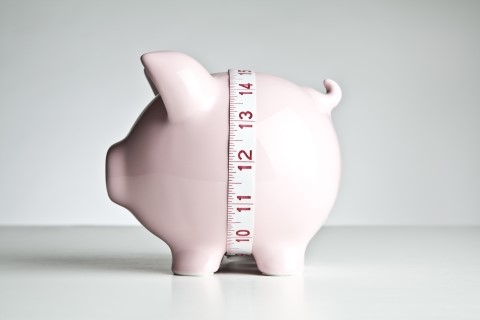
PMI hits 48.5 in August as demand dries up
Business confidence plunged to a near two-year low.
Business conditions in Hong Kong’s private sector improved marginally but remained dismal after inching up from 48.2 in July to 48.5 in August as firms were left with no choice but to cut selling prices to cope with falling demand, according to IHS Markit.
Also read: California embraces Hong Kong market as trade war squeezes export options
The Nikkei Hong Kong PMI is a leading indicator of economic health as it gauges business conditions in the private sector. PMI readings below 50 represent an economic contraction.
Client demand extended its steep decline midway through the quarter with inflows of new orders falling for the fifth consecutive month in August. Softer demand held back companies from output and buying activity, depleting stock of purchases.
“Hong Kong’s private sector is on track for a second quarterly decline after latest Nikkei PMI data indicated another deterioration in business conditions during August. Other survey indicators suggest the downturn is likely to continue,” Bernard Aw, principal economist at IHS Markit said in a statement.
Also read: GDP growth slows to 3.5% in Q2 as trade war eats into exports
Firms were also forced to reduce selling prices after raising them in the past two months in a last-ditch effort to boost sales brought about by a weaker renminbi and stiff competition.
It comes as no surprise that the confidence of private sector businesses in Hong Kong plunged to its lowest point in nearly two years.
“The current sequence of deteriorating business conditions is the longest since the end of 2016. Survey evidence suggested that the key concern of Hong Kong’s private sector businesses was the adverse impact on economic activity from rising US-China trade frictions,” added Aw.
Also read: Trade war could cut 1% of Hong Kong GDP
On a slightly positive note, lower sales activity freed up time for companies to work through their backlogs, bringing down the level of unfinished business in August. Overall input price inflation also eased to its weakest in over a year.






















 Advertise
Advertise







